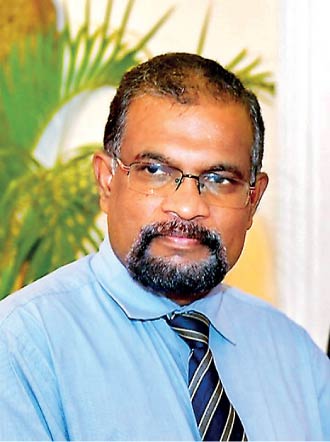Colombo, January 6, 2025 — Sri Lanka has embarked on a comprehensive public debt restructuring initiative aimed at restoring economic stability and ensuring fiscal sustainability. The process commenced in April 2022, following a significant economic downturn that led to successive credit rating downgrades and a loss of access to global capital markets.
In a recent staff meeting with senior officials of the General Treasury and the Ministry of Finance, Planning, and Economic Development, Secretary to the Treasury Mr. K. M. Mahinda Siriwardana provided an overview of the restructuring process. He stated, “The government commenced discussions with the International Monetary Fund (IMF) in April 2022 with a view to implementing an IMF-supported macroeconomic reform programme to address the root causes of the economic crisis.” He further emphasised that the IMF’s lending rules require that a country’s debt sustainability is restored, necessitating simultaneous restructuring of public debt.
To facilitate the restructuring, Sri Lanka engaged globally renowned financial advisors, Lazard Frères, and international legal advisors, Clifford Chance. Mr. Siriwardana noted, “In accordance with the norms of the global sovereign debt restructuring architecture, Sri Lanka hired globally renowned financial advisors Lazard Frères and international legal advisors Clifford Chance to support the process of restructuring the debt.”
A key component of the restructuring was the preparation of the Debt Sustainability Analysis (DSA) by the IMF. Mr. Siriwardana explained, “A key element in the process of debt restructuring is the preparation of the Debt Sustainability Analysis (DSA) by the IMF. The DSA informs the level of debt relief to be obtained through the process of debt restructuring with the goal of restoring debt sustainability.” He highlighted that Sri Lanka is among the first countries where debt restructuring was based on the IMF’s new Sovereign Risk and Debt Sustainability Framework for Market Access Countries (MAC SRDSF).
The DSA outlined specific targets to restore debt sustainability by 2032:
• Public Debt to GDP: Reduction from 128% in 2022 to less than 95%.
• Gross Financing Needs (GFN) as a percentage of GDP: Decrease from 34.6% in 2022 to below 13% on average during 2027-2032.
• Foreign Currency Debt Service as a percentage of GDP: Reduction from 9.4% in 2022 to no higher than 4.5% per annum during 2027-2032.
Mr. Siriwardana emphasised the importance of achieving these targets, stating, “Accordingly, in order to restore debt sustainability, Sri Lanka would need to negotiate with its various groups of creditors to obtain debt relief in a manner that would enable the above targets to be met.”
The restructuring process involved negotiations with various creditor groups, including the Official Creditor Committee (OCC) of official bilateral lenders, China Exim Bank, and other official creditors such as Kuwait, Saudi Arabia, and the United Arab Emirates.
Mr. Siriwardana highlighted the complexity of these negotiations, noting, “It was also necessary for Sri Lanka, in line with the commitment made by Sri Lanka to its creditors at the start of this process, to ensure Comparability of Treatment (CoT) between different groups of external creditors.”
The successful implementation of this restructuring is expected to bolster investor confidence, stimulate economic growth, and enhance Sri Lanka’s creditworthiness in the international arena. Mr. Siriwardana concluded, “The successful execution of this process is anticipated to pave the way for a more resilient and prosperous economic future for Sri Lanka.”


